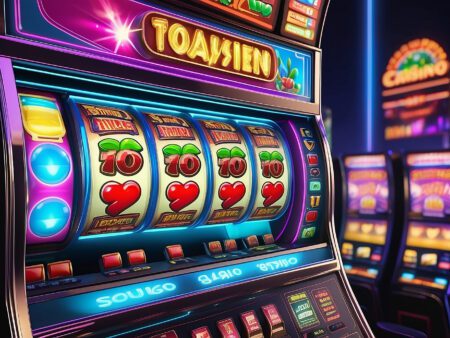Discover the psychology of poker tells and how understanding body language and gestures can give you an advantage at the poker table.
The Psychology of Poker Tells: Understanding Body Language and Gestures
Have you ever wondered what goes on behind the poker face? The game of poker is not just about the cards you hold; it’s also about the subtle signals your opponents inadvertently give away. These signals, known as poker tells, can provide valuable insights into the strength of their hand or their overall strategy.
The Importance of Poker Tells
Understanding and interpreting poker tells can give you a significant advantage at the poker table. By paying attention to your opponents’ body language, gestures, and facial expressions, you can gain insights into their thought processes and make more informed decisions.
In this article, we will delve into the psychology of poker tells, exploring common body language cues and gestures that can reveal information about your opponents’ hands, emotions, and overall strategy.
The Impact of Body Language on Poker
Body language speaks volumes in a game of poker. A player’s posture, movement, and facial expressions can all provide clues about their actions and intentions. When players are aware of their own tells, they can act accordingly to mislead their opponents. On the other hand, skilled players can observe and interpret opponents’ tells to their advantage.
Common Poker Tells
While poker tells can vary from player to player, there are some general cues to watch out for. Here are a few common poker tells and what they might indicate:
- Eye Contact: Avoiding eye contact may indicate a weak hand or bluffing, while maintaining steady eye contact may suggest a strong hand.
- Breathing Patterns: Rapid or shallow breathing can be a sign of nervousness or excitement, whereas slow and controlled breathing can indicate composure and confidence.
- Gestures and Body Movements: Sudden movements or fidgeting may indicate a strong hand or a player trying to bluff. On the other hand, stillness and calmness can imply a weaker hand or someone trying to hide their true emotions.
- Facial Expressions: Micro-expressions, subtle changes in facial expressions that occur within a fraction of a second, can reveal a player’s true emotions. Look out for signs of happiness, disappointment, or frustration.
- Timing and Speed of Bets: Quick bets may indicate a strong hand, while hesitation or deliberation can imply weakness.
Improving Your Ability to Read Poker Tells
Reading poker tells is not an exact science and requires practice and observation. Here are a few tips to help you improve your ability to read your opponents:
- Pay Attention: Actively observe your opponents at the table. Look for patterns and take mental notes of their behaviors and reactions.
- Establish a Baseline: Observe your opponents in non-confrontational situations to establish a baseline of their behavior. This will help you identify deviations when the stakes are higher.
- Context Matters: Consider the context in which the tell occurs. What happened just before the tell? What actions or events may have caused it?
- Stay Calm: Keep your emotions in check and maintain a consistent demeanor. Any change in your own behavior can give away information to your opponents.
Conclusion
Recognizing and interpreting poker tells can be a valuable skill for any poker player. It allows you to gain insights and make more accurate decisions at the poker table. By understanding the psychology behind body language and gestures, you can become a more formidable opponent and enhance your chances of success.
So, next time you sit down at the poker table, keep an eye out for those subtle cues. They might just be the key to unlocking your opponents’ strategies and taking your game to the next level.










